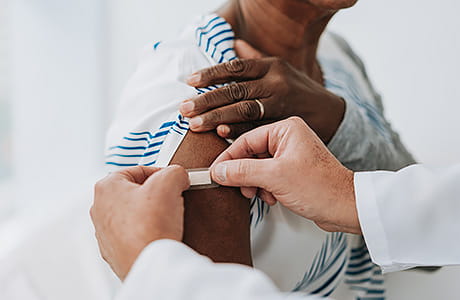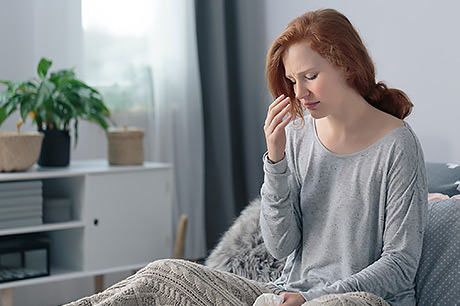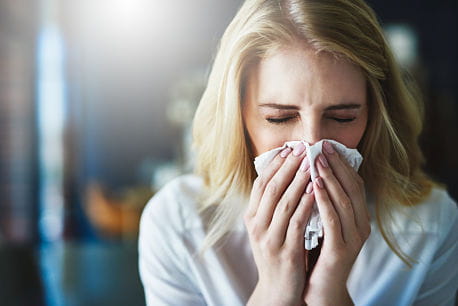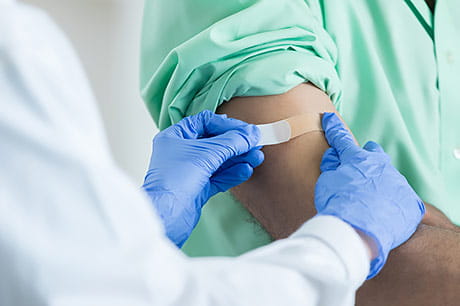When the second COVID vaccine hits hard
You might feel lousy after your second dose of COVID vaccine. Here’s the science behind the potential punch — and why feeling bad is a good thing.
by Beth Kaszuba
First, there was the predicted achy arm.
Then the fatigue, about three hours later.
And by midnight, fever and chills set in, my body’s thermostat whiplashing from “broil” to “sub-zero” and back again.
As I lay curled in bed, drenched in sweat with my teeth chattering, I couldn’t stop wondering why my reaction to my second COVID vaccine was so brutal.
Feeling miserable after your second COVID vaccine? It’s a good thing.
Not everyone will have an unpleasant response to the approved COVID-19 vaccines.
But I had a mild reaction to my first dose, so I was braced for the worst. Not that there’s necessarily a correlation between the first and second reactions. I just knew my body, and I had a feeling I would be down for the count.
Which isn’t a bad thing at all, according to Dr. Alison Brodginski, an infectious diseases specialist with Geisinger Wyoming Valley Medical Center.
“These types of effects after a COVID vaccine — known as reactogenic effects — are safe and temporary,” says Dr. Brodginski. “It’s basically your body’s immune system ramping up to produce the protective antibodies that are needed to fight off COVID-19.”
The (simple) science behind the body’s response
In basic terms, the body’s immune system responds to the first dose of COVID vaccine by mounting a modest defense against the “invader.”
And like any good army protecting its territory, the immune system doesn’t forget its former enemy.
When the second dose arrives in your arm, your immune system recognizes and jumps to mobilize against the now-familiar intruder, using powerful antibodies and immune cells.
“In other words, the first vaccine is priming or training your immune system,” says Dr. Brodginski. “Your body produces antibodies and immune cells that wait at the ready for the next perceived threat. So, the second dose triggers an even bigger immune response.”
But why put the body through that second round?
Because the two-dose strategy — called the “prime boost” strategy — leads to a more robust and longer-lasting defense, in this case against COVID-19. (Other multi-dose vaccines include measles-mumps-rubella and the shingles vaccine.)
So, was it worth it?
Without a doubt.
I might’ve felt lousy for a brief time. But the symptoms only lasted for about 12 hours. And once they were gone, they vanished quickly and completely, unlike the effects of COVID-19, which can linger long after you’ve had the virus.
“You can’t get COVID-19 from the vaccine,” adds Dr. Brodginski, who explains that, unlike some vaccines, the COVID vaccine doesn’t contain any proteins from the virus itself.
“You can only benefit by challenging your immune system and giving it the opportunity to do what it does best: protect you from threats like a novel coronavirus.”
Next steps:
Looking for more facts about the COVID vaccine? Read our COVID-19 myth-busting FAQ.
Learn how COVID vaccines protect you.
Learn how to get the COVID vaccine at Geisinger
Watch: COVID-19 video and podcast library
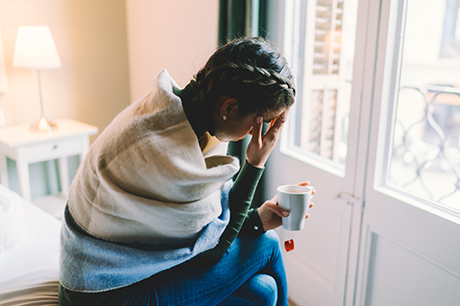
Telemedicine video visits
See your doctor from the comfort of home — from routine care to specialty care
Get virtual care nowCOVID-19 updates: Visit Geisinger's Coronavirus Resource Center for the latest information and helpful resources.

